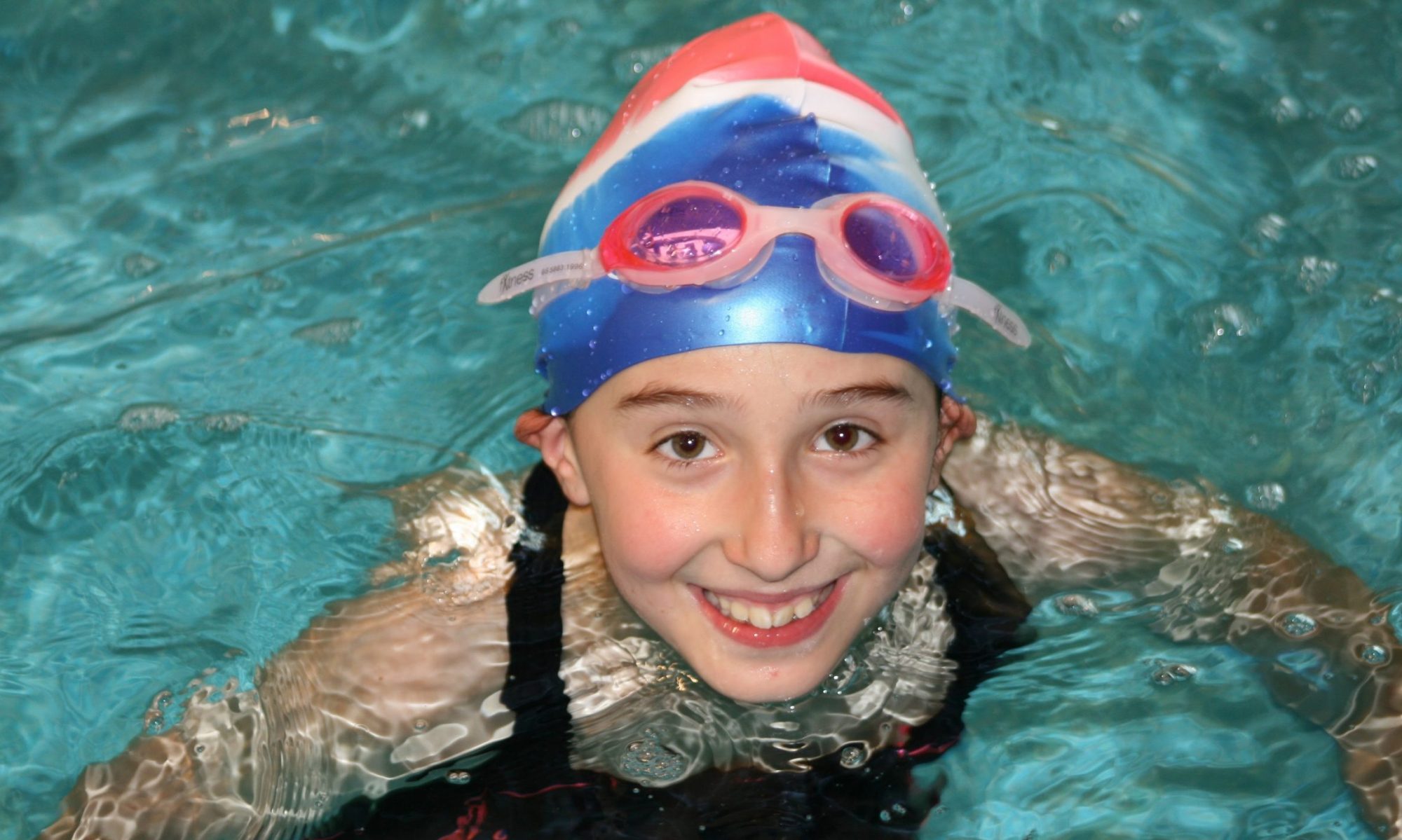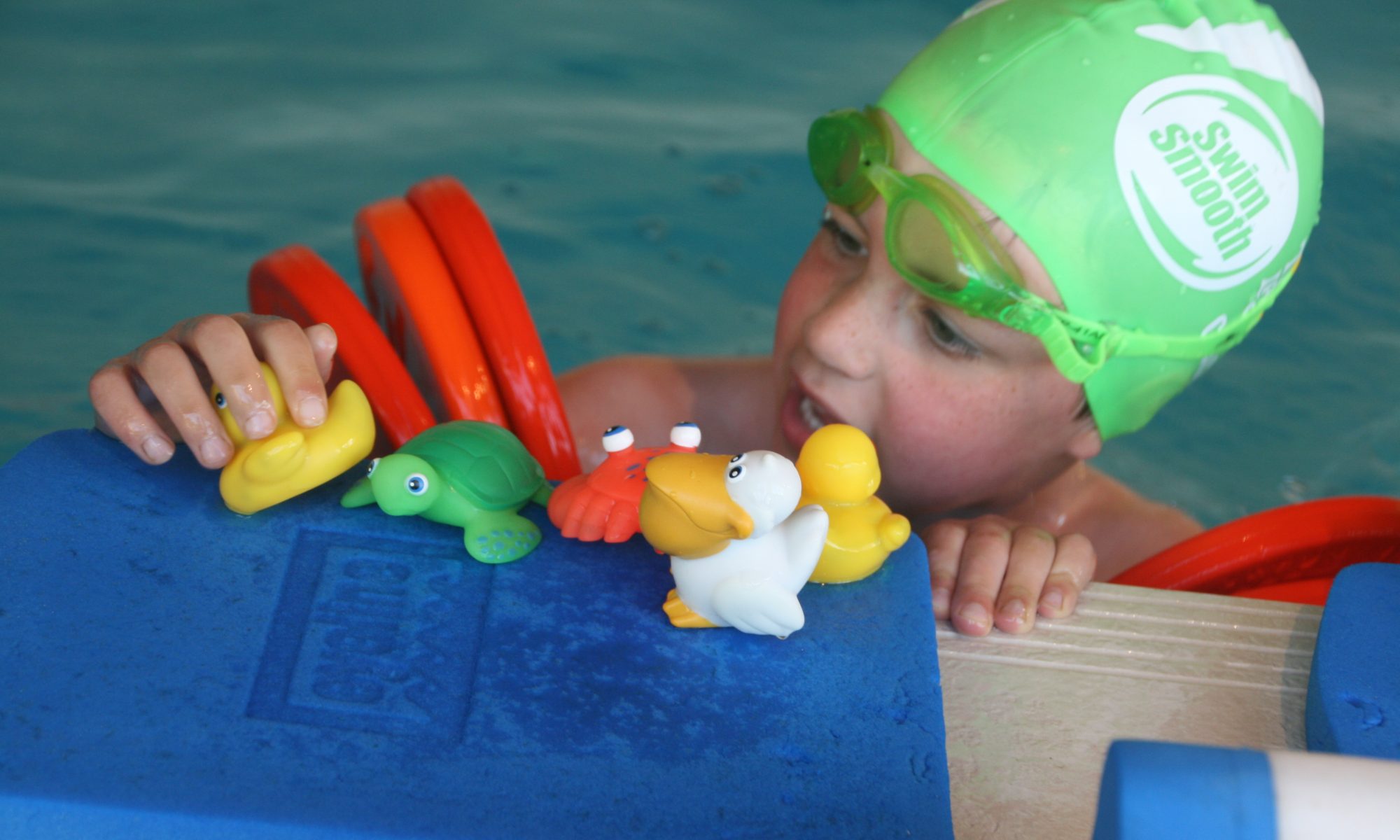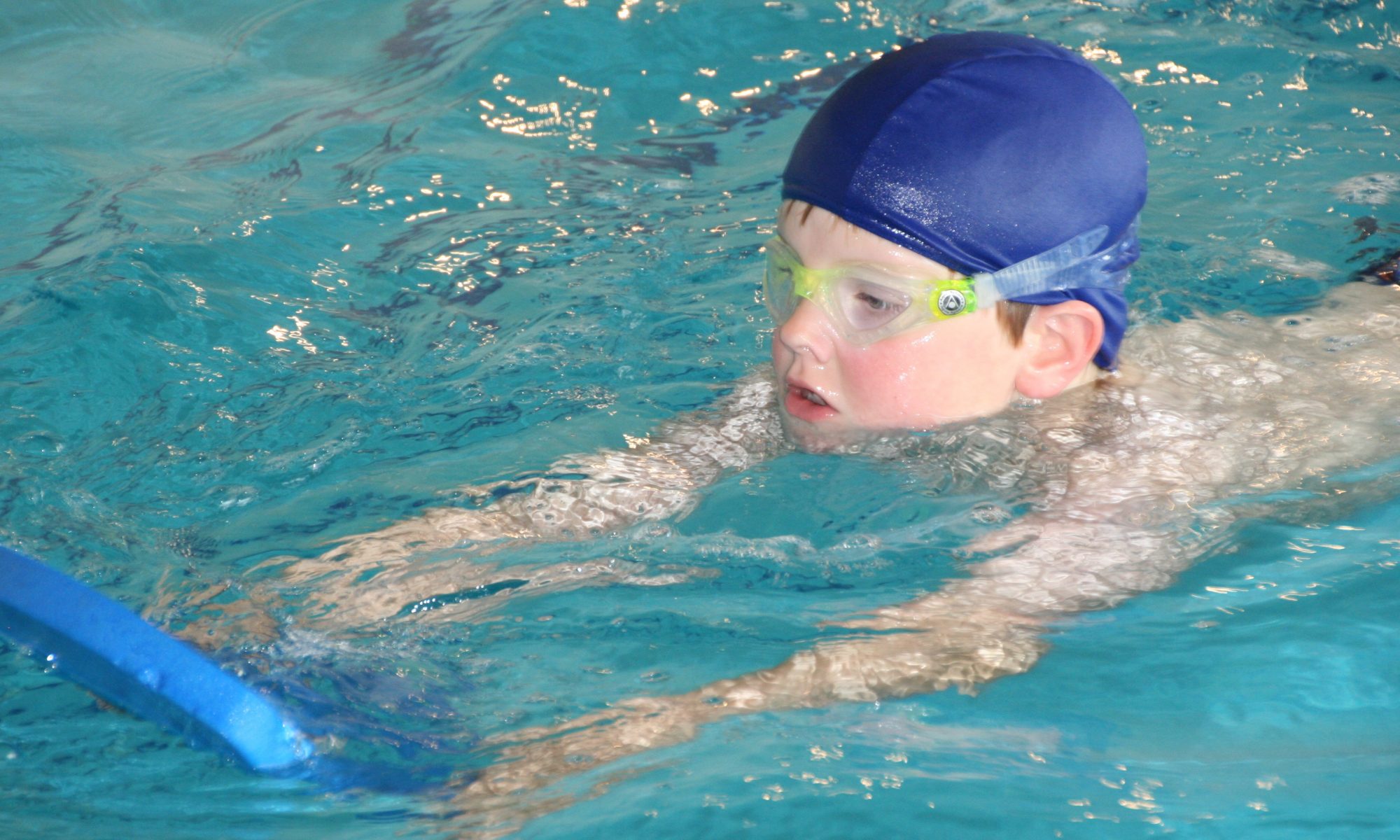Sensory Processing Benefits
The benefits of swimming for children with ASD are enormous. Almost all children have an affinity to and a fascination with water, this is especially true for children with autism.
In this series of occasional articles we are looking at the various specific benefits that swimming offers to children with ASD.
Most children with autism experience a mild to severe sensory integration disorder. They have difficulty taking in, organising and responding to sensory input. Sensory processing deficits are one of the main triggers behind inappropriate, antisocial and self destructive behaviours often associated with ASD
Being submerged in water provides calming support, pressure and buoyancy.
Water exerts 30x the pressure of air and completely surrounds the child’s body distributing an equal and consistent amount of pressure. The result is a calming environment that soothes children with autism and helps them organise other sensory inputs.
Proprioception is the body’s ability to understand where it is in space. For children with autism this is usually underdeveloped, making them seem clumsy or awkward in their movements. In water the resistance children encounter when they move, the feel of the water rushing past them and the hydrostatic pressure, combine to give proprioceptive feedback and improve this sense.
The enhanced sensory input children with autism experience in the water helps them develop body awareness, greater touch tolerance and improves their ability to coordinate all the different sensory inputs received from the environment and focus on the correct one .
For a child with problems with sensory processing, their time in the pool can help them feel more calm and comfortable and helps in building self esteem.





